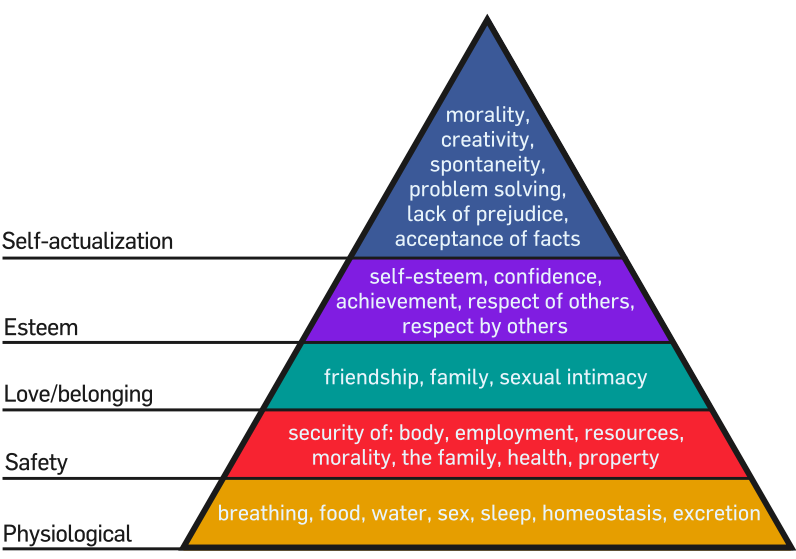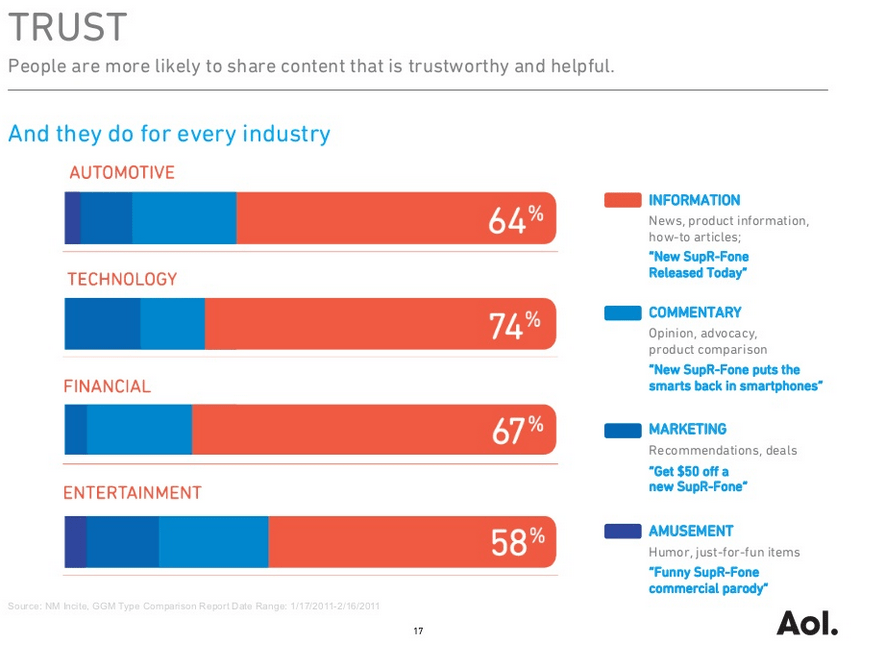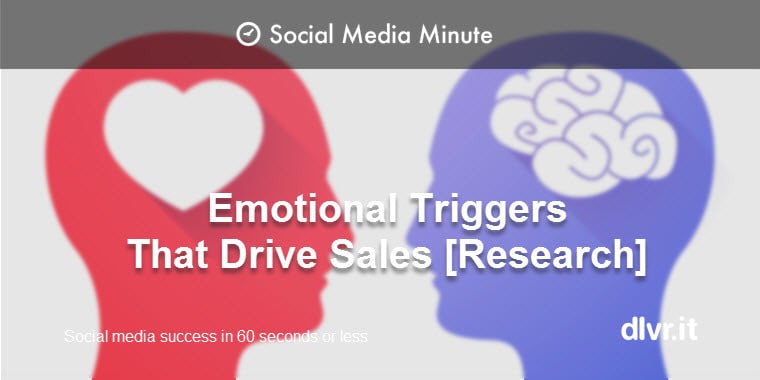
5 Selfish but Good Reasons Why People Share Content Online
Of course, content sharing isn’t new. It’s human nature. If you are a blogger you want to create viral posts – those blog posts that become an instant hit.
However, internet sharing is not the same type of sharing which our parents admonished us to do when they asked us to share our toys.
With the web, we share more with more people more often because it’s easy to do and it has added motivational and psychological benefits.
People are sharing over 27M pieces of content online every day. Nearly 50% are sharing at least once per week.
According to the Altimeter Group, only 1% of internet users create content. Leaving the mass majority of the 27M pieces to be shared by the readers (and their fans & followers) of the creators.
We’ve recently discussed how to stand out from the 27M pieces of content shared – create great headlines – 9 Irrefutable Laws for Writing Irresistible Headlines – Backed by Data. That is step one.
Step two: You have to back up the first click with great content. Assuming you are writing great content, what are the motivating factors behind the mass frenzy of sharing?
The New York Times Customer Insight Group conducted a study, titled “The Psychology of Sharing,” to determine what motivates people to share content online. In general, viral posts happen because they fulfill a need inside of the individual sharing to:
-
bring valuable and entertaining content to others
-
define ourselves to others
-
grow and nourish relationships
Also,
-
for self-fulfillment
-
to market causes or brands
We can also turn to Maslow’s Hierarchy of Needs to understand why we share content. The top two tiers of Maslow’s hierarchy (Self-actualization and Esteem) explain why we share — be it tweeting, emailing or Facebook. People want the respect of others, and they want to feel a sense of belonging.
The Psychology of Viral Posts
Viral posts happen because they strengthen or shape a relationship with other people.
-
94% of the people who share consider whether or not the content will be useful to the recipient.
-
70% of people said the content they share represents who they are and what they care about.
-
78% share because it lets them stay connected to people they may not otherwise stay in touch with.
-
84% share because it is a way to support causes or issues they care about
(source: “The Psychology of Sharing,”)
Content sharing is very personal. It sticks out as a bold advertisement of the person sharing. As a content producer, sharing is a huge compliment. Think about it this way. Every time someone shares, they are giving a gift to the recipient.
As a business owner, you are not only competing for a reader’s attention with your competition; you are also competing with the millions of family updates, cat photos and funny videos of the kids doing crazy stuff.
AOL’s research shows when content is peculiar to an industry; readers are 47% more likely to share it. Furthermore, 60% of the industry content that gets shares mentions a brand name.
Chadwick Martin Bailey, a custom research service, found that people are 52% more likely to share blogs posts on business tips if they like it. Sharing tips ranked significantly higher than their likelihood of sharing the latest Miley Cyrus gossip. They also found that the majority of people don’t care whether content is branded or unbranded – as long as it helps them strengthen or build a relationship with the people they are sharing it with. Outbrain research also confirms that editorial content has the same click-through-rate as branded (or sponsored) content.
Content sharing cuts across industries as long as the content is trustworthy.
Something to note
With the ease of sharing content on social networks, you might be surprised to learn that when given the option to share content via social or email, 55% of internet users prefer to share content via email, according to a SocialTwist study.
So, what does it all mean? Creating a viral post is more of an art. It comes down to helping your audience build trust with their audience. We have a desire to create or strengthen a relationship with the people we share our content with.
- Sharing is caring. Your content needs to appeal to your readers but also your reader’s audience. People share content to strengthen relationships. Create content that can help someone strengthen a personal or professional relationship. Mix it up – think useful, fun, humorous, controversial, and actionable so you can appeal to the different ego types of those who share.
- Build trust and establish credibility. Why should someone believe what you just wrote? Show the reader they are not the first ones to visit your blog. For example, include a Facebook widget that indicates how many fans enjoy your brand, link to your sources and of course be truthful.
- Provide options. Although email is still the number one sharing method, people share different types of content on different platforms. Place one-click sharing buttons to the various social networks on your blog and in your email newsletter.
___
Next…Learn the 21 tips on viral marketing success.






